Adgully Exclusive | History listens as TOI gives India its 1st talking paper
Speaking exclusively to Adgully, Bhaskar Das, the executive president of The Times of India Group, explained the salient aspects of the history-defining initiative. First, the background. On the day in question, Volkswagen launched a never heard before campaign, which entailed the incorporation of a sound-playing device in TOI copies. The device had a chip in it that played a pre-recorded message when exposed to light.
Das said that the execution of the ad was the outcome of several months of interaction between the client, the agency (MediaCom), and the TOI. The three parties collaborated closely right from the point of ordering the chip and specifying the device design to producing a tailor-made jacket. The jacket's deadline was advanced because the devices had to be inserted manually. "The plan was implemented in a combined effort because it involved a lot of logistical issues," Das said. "Multiple developers were involved, the editorial team had to be kept in the loop, and at the same time the communication had to be well co-ordinated."
The ad brought a thrilling change to readers' daily routine of "reading" the newspaper. It also spoke inspiringly to the advertising and media industry. The ad not only represented a change in the format of brand communication, but also in its very tradition. Indeed, the campaign is momentous for many reasons †not least because it was planned so well that it reached readers at the right time in the right condition.
The ad was inserted in all copies of the TOI's Mumbai, Bangalore, Delhi and Pune editions, and in 40,000 copies of Chennai's city edition. According to sources, more than 22 lakh copies of the speaking newspaper reached various homes across the country, with an ad spend of approximately Rs 11 crore.
In an exclusive interview with Adgully, Divya Gururaj, the managing director of MediaCom, described the rationale of the campaign: "Volkswagen was launching the Vento, which operates in a really competitive segment. So we wanted to do something that would break through the clutter, stand apart, be remembered by consumers." Gururaj said that it took almost six months to plan the campaign and create solutions to the challenges they faced during the implementation phase of the idea.
So is the ad the next big thing in media convergence for India? Das said that nobody could say with assurance that clients would be willing to be bold enough with innovations of this nature and invest large sums of money in the print media. Therefore, he said, media convergence of the sort pioneered by the TOI might be a rarity. However, he added that the ad would surely create some dynamism in the market, and shatter the prejudice that print is a static medium.
When asked if the high readership numbers of the TOI was the strength that the client banked on, Das said that the TOI was chosen for its quality of communication and its own individual strengths that it bring to bear on the collaborative endeavour.
For her part, Gururaj said that the agency wanted to partner a publication house that could execute the innovation accurately, and thus TOI was an obvious choice. The ad made news in society as well as in e-societies, that is, on social networking sites. As the Volkswagen Vento ad got the eyeballs, print articulated its power with clarity and confidence. | By Prabha Hegde [prabha(at)adgully.com]









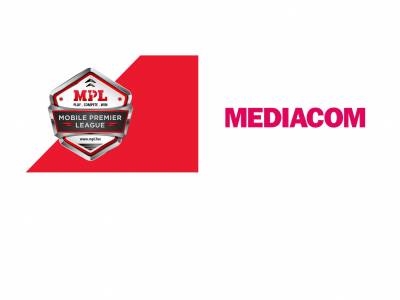
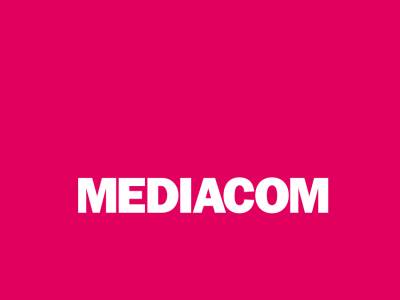

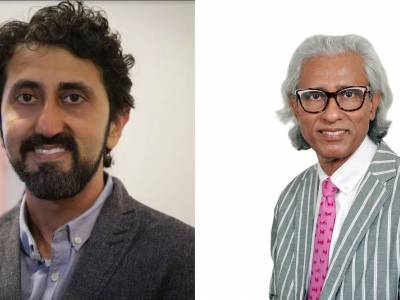
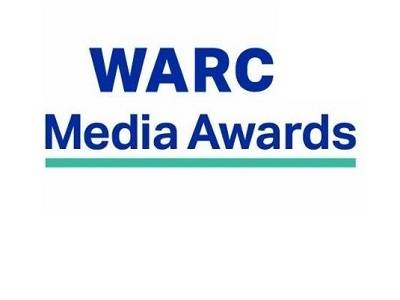
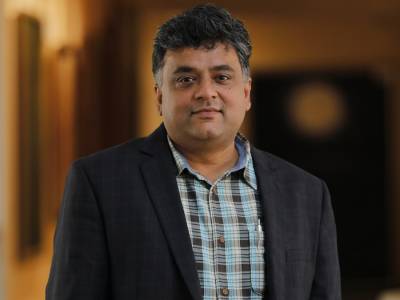






Share
Facebook
YouTube
Tweet
Twitter
LinkedIn